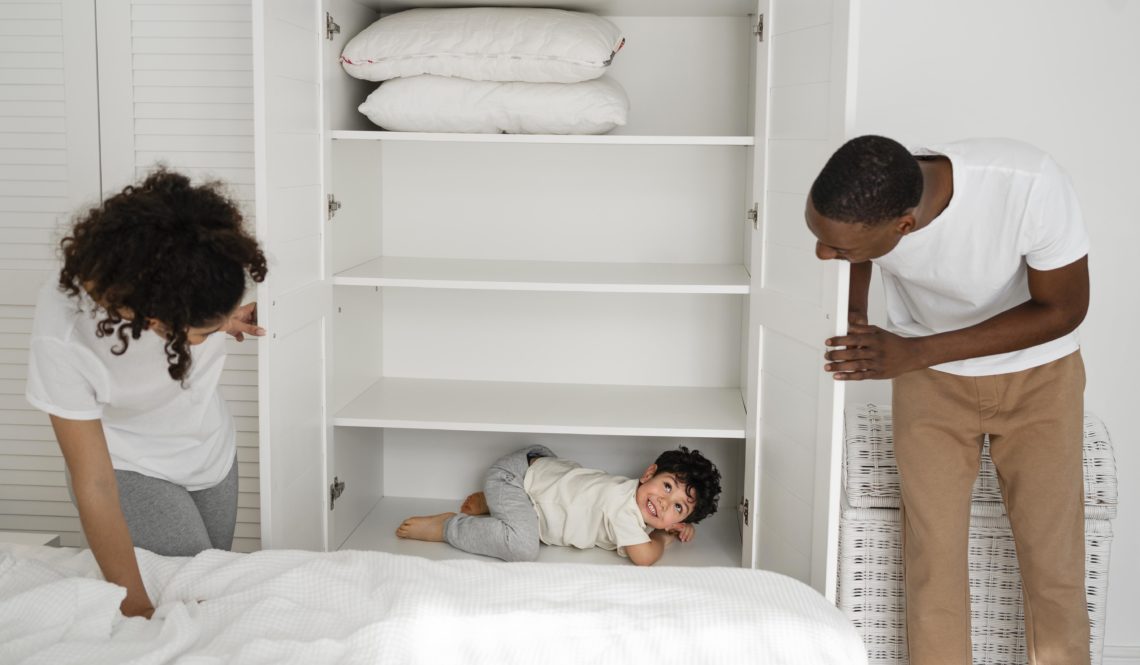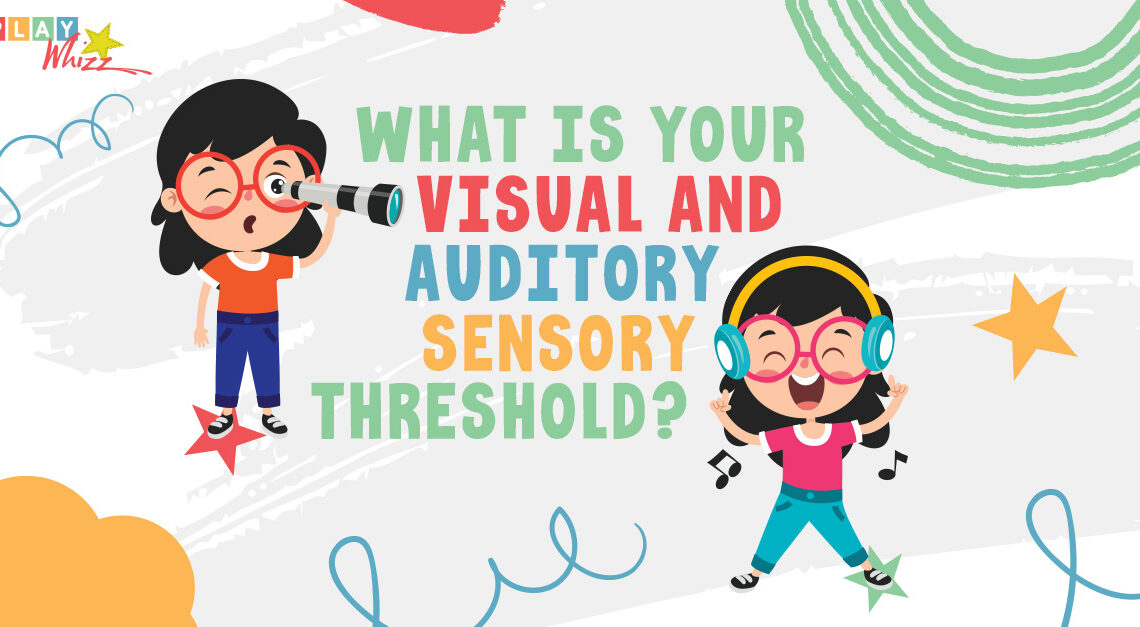How Dancing and Music are linked to Maths skills
There are many benefits of dancing and listening to music. From engaging the different parts of our brain to connect better with each other, allowing children to express themselves in a better manner, the development of language skills, advancing physical skills abilities and so many other benefits. What takes some people by surprise is the significant advantage of music and dance when it comes to improving mathematical skills, especially from a young age. Read this blog to find out more.
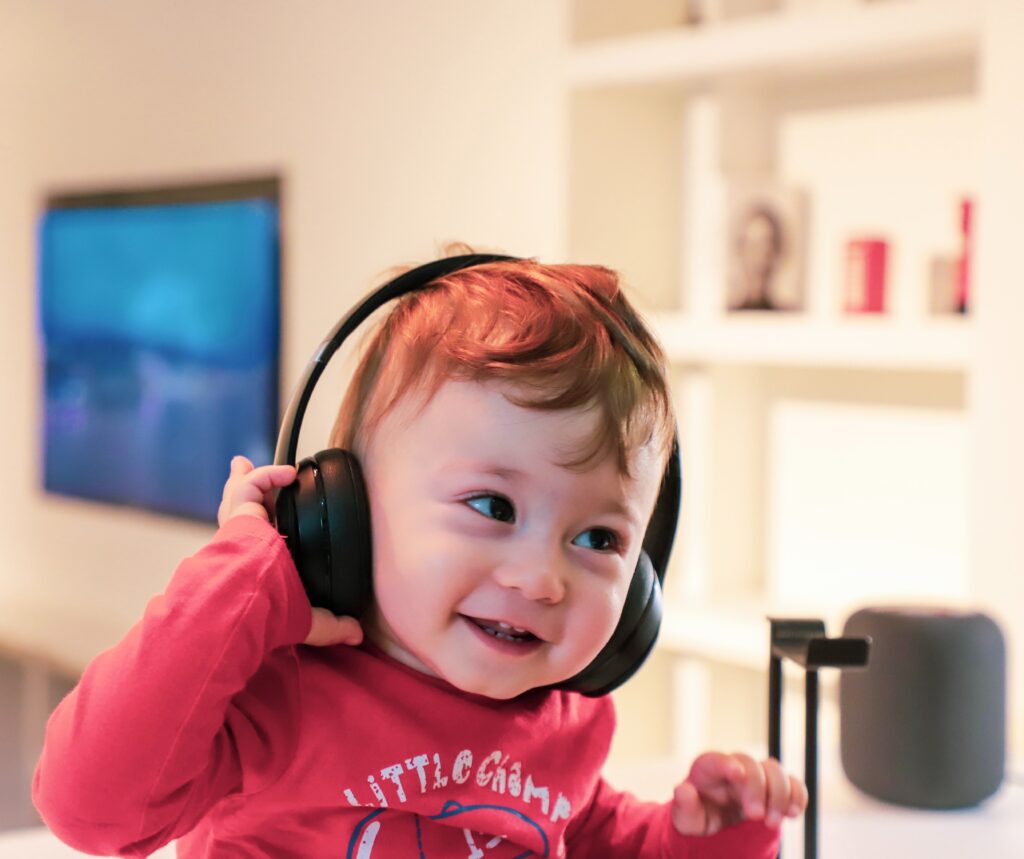
Dancing and music improve Physical Development, Problem-Solving and Language skills
Dancing and listening to music help to improve physical skills and overall health. Learning to dance needs skills like balance, control, correct facial expressions, and coordination that has a very big impact on the development of motor skills. Music can improve language skills, comprehension to form sentences, and one’s vocabulary and communication skills can improve (Bukitsunriseschool.com). Maths in itself is a language, better yet it is a universal language. Understanding mathematics not only helps with understanding the world around us it also plays a pivotal role in job and career opportunities.
Certain types and frequencies of sound are processed by the two hemispheres of the brain in different ways, using specific music and sounds may help to stimulate one hemisphere more than the other and possibly create more balance in the brain. To give an example, Einstein used to sit and play music when he was stuck on a mathematical problem. By concentrating on the problem at hand (left brain) while playing the piano or violin (right brain), he was able to strengthen the communication between the two hemispheres of his brain and increase brainpower. (Brainbalancecentre.com)
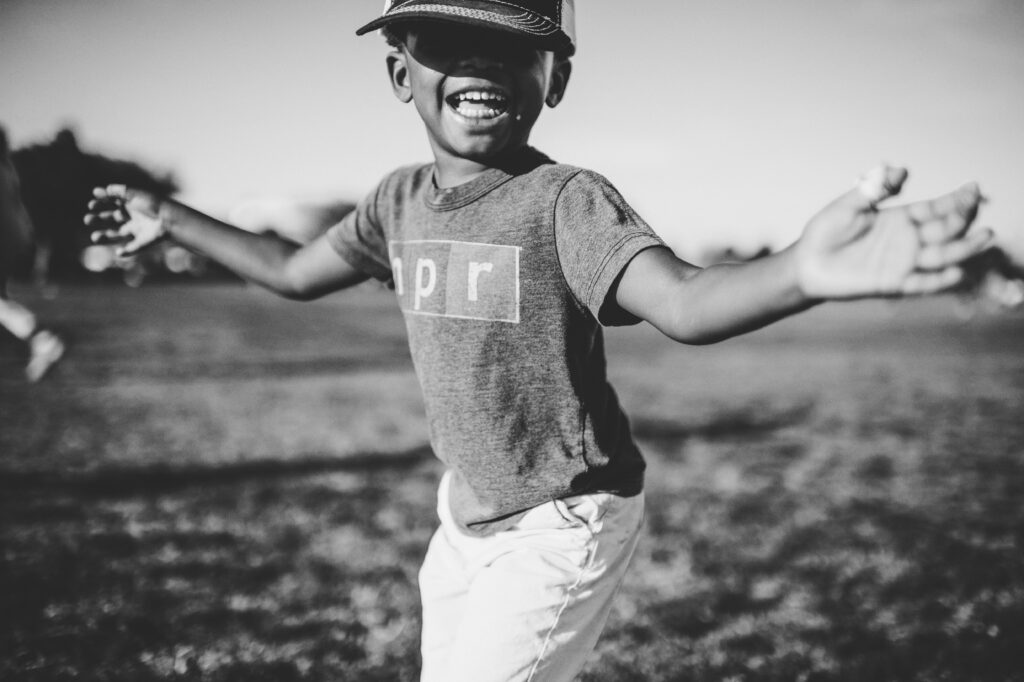
Similarities between dancing, music and mathematics and how they intertwine
“Probably the closest connection between music and math is that they both use patterns.” (omahaschoolofmusicanddance.com). Similarly, dancing is a mix of rhythm, shapes, and patterns. Therefore mathematics is clearly linked to both maths and dance and the understanding of all three. When you explain mathematics, dance can help with understanding the abstract forms, and shapes, making it more enjoyable to learn. Some of the best ways to not just remember but also understand concepts are to experience them physically. Involving a child to learn beyond a worksheet is a form of learning that is lifelong.
Learning to move in geometrical patterns will not just visually stimulate the brain to absorb information but also fires up the neurons in the brain when learning mathematics. Without Geometry dancing would look a lot different, dancers will not be able to be synchronized or be able to create shapes. Counting beats, keeping time, and learning new steps all require a basic understanding of mathematical concepts. (Qitepinmath.org) Recent studies have shown that kids who participate in music and dance classes score significantly higher on maths tests than those who don’t.
To give another example of how dance, music and maths are linked, the movie ‘Ice Princess’ (2005) involves a teen called Casey who gives up her academic career and decides to become a professional figure skater. She helps junior skaters improve their skating and dancing skills with the help of algorithms generated by her computer, showing how choreography and disciplined movement is mathematical to achieve the best results. Dancers use symmetry and geometry to improve their performances by enhancing the speed of movements by being in the correct positions at all times for optimal performance. (Cram.com)
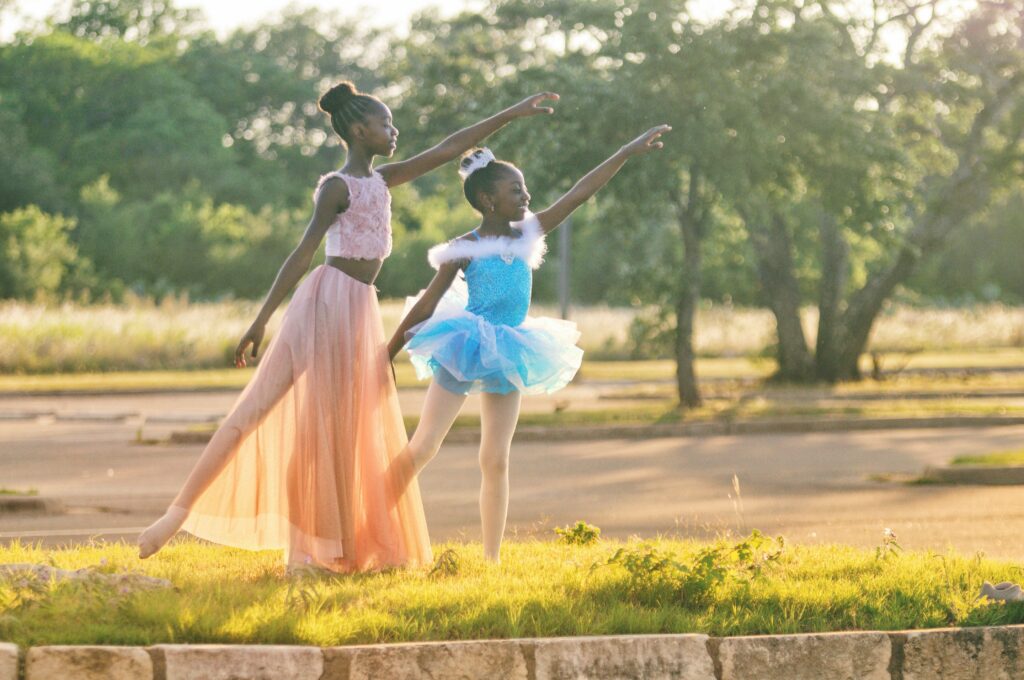
Benefits of Music and Dance at Home
There are many benefits of dancing and listening to music that can improve math skills before we even combine them with Mathematics. So, if you’re looking for a way to help your child excel in maths from a young age and make mathematics fun, signing them up for some dance or music lessons may be the answer. Having toys and instruments in the house from a young age can enhance maths skills early and be such fun with a dance party as a family.
Let’s sing and dance together
With winter only a few weeks away, let’s get dancing and singing to warm those bodies up. Have a look at some of our stimulating games for hire. Caterpillar Xylophone is a fun favourite. This colourful instrument is a child’s ideal first introduction to music and develops fine motor skills and hand-eye coordination! Visit https://www.playwhizz.co.za/product-category/babies-and-toddlers/ to browse our catalogue.
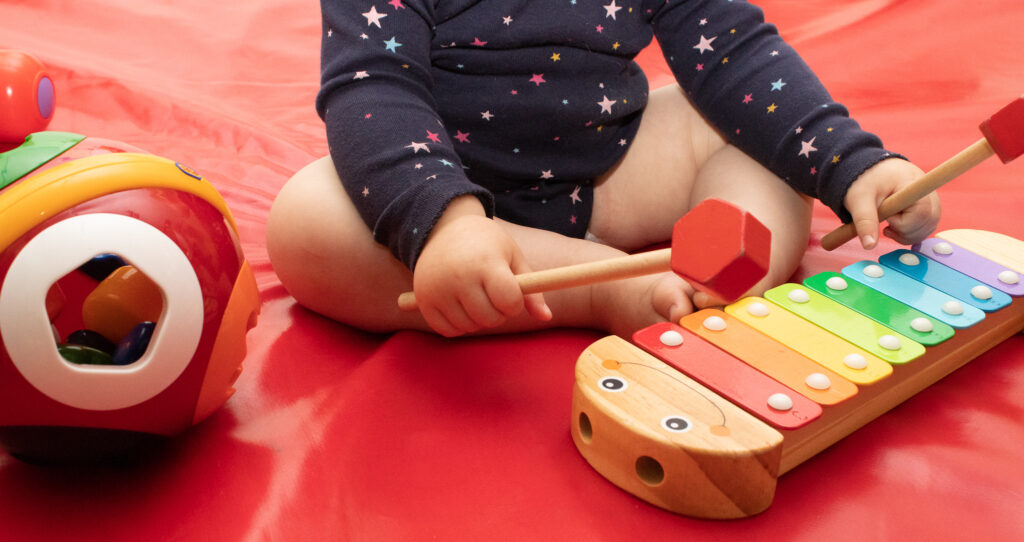
References
https://www.brainbalancecenters.com/blog/correlation-between-math-and-music-ability
https://www.cram.com
https://www.bukitsunriseschool.com/single-post/the-importance-of-singing-and-dancing-for-preschoolers

